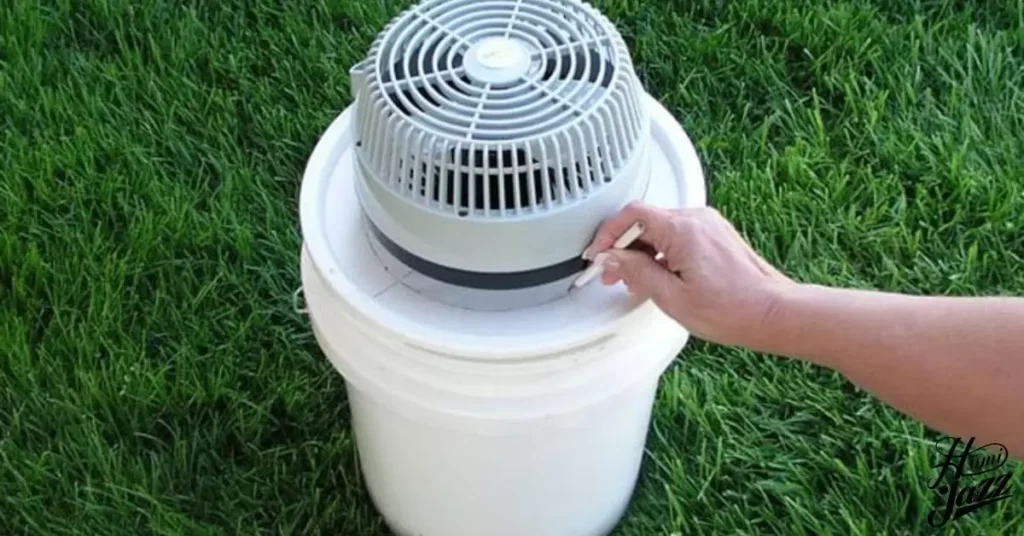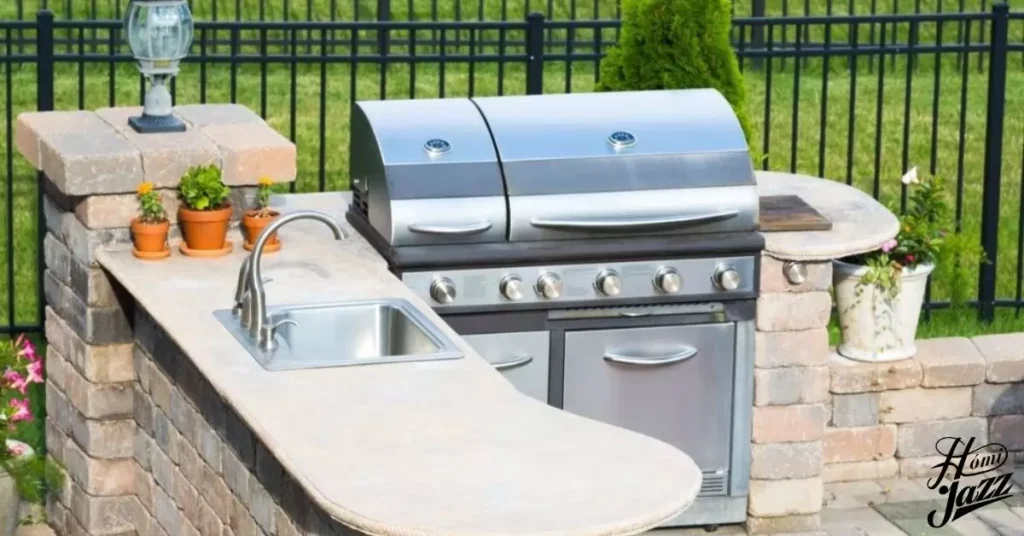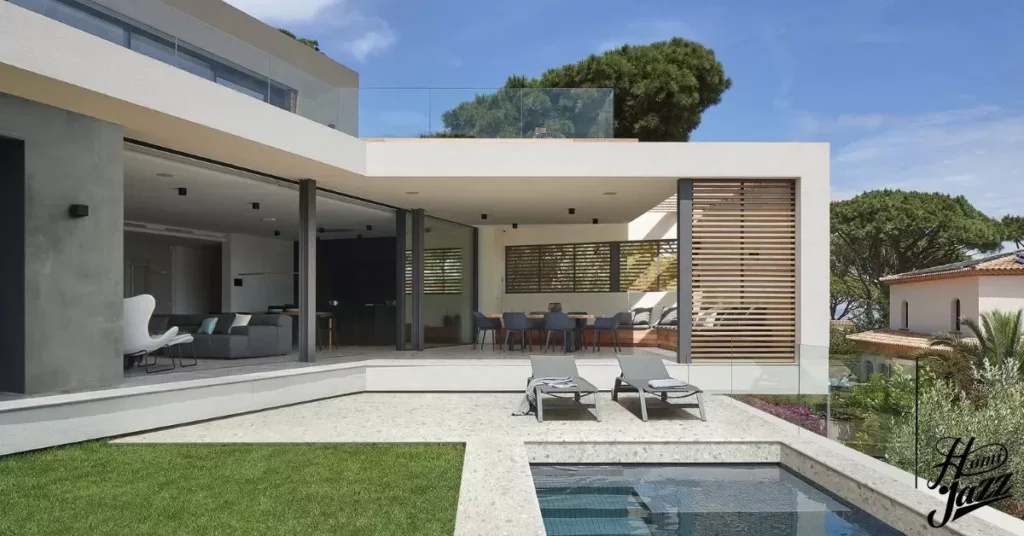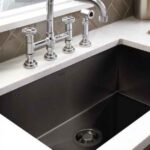Escape summer’s heat sustainably: ventilate strategically, employ passive cooling, and utilize natural shade for refreshing electricity-free coolness. Embrace eco-conscious methods to stay comfortable while reducing energy usage and environmental impact. With these practices, staying cool becomes harmonious with nature’s rhythm.
Discover the ancient art of cooling without electricity—a fusion of ingenuity and sustainability. Step into a world where simple innovations beat the heat, offering a refreshing oasis amid summer’s scorch. From clever ventilation tricks to harnessing nature’s cool embrace, embark on a journey where comfort meets conservation.
Harness nature’s breeze, shade, and clever design for a refreshing, electricity-free retreat from the heat.
Some ways to keep your home cool without electricity
Maximize airflow by strategically opening windows and doors to encourage cross ventilation. Utilize natural shading from trees, curtains, or awnings to block out direct sunlight. Opt for heat-resistant materials in home construction and insulation to maintain cooler indoor temperatures without relying on electricity.
Closing Off The Hottest Rooms In Your Home
Close doors and windows in the hottest rooms to prevent heat from spreading. This keeps the rest of your home cooler and more comfortable. Use draft stoppers or door snakes to seal off any gaps under doors, trapping cool air inside and blocking warm air from entering.
Consider installing insulated curtains or shades to further block out heat and sunlight. This helps maintain cooler temperatures in the closed-off rooms. By isolating the heat to specific areas, you can create pockets of cooler air throughout your home without relying on electricity.
Read this blog: WHY IS MY KITCHEN SINK LEAKING UNDERNEATH
Remove floor rugs in the summer
In summer, removing floor rugs helps bare floors dissipate heat more easily. This prevents rugs from trapping heat and making the room feel warmer. It also simplifies cleaning and reduces the risk of allergens accumulating in the hot weather.
Heat-Blocking Curtains

Heat-blocking curtains help keep your home cool in summer by blocking out sunlight. They prevent heat from entering through windows, maintaining a comfortable indoor temperature. Install them to reduce the need for air conditioning and save energy.
These curtains feature special materials that reflect or absorb sunlight, rather than letting it pass through. By actively blocking heat, they create a shaded and cooler environment inside your home. Choose heat-blocking curtains in light colors to reflect sunlight and maximize their cooling effect.
Dampen the curtains at night
At night, dampen the curtains to cool your home in summer by actively reducing indoor temperatures. Spraying water on the curtains adds moisture, which evaporates and lowers the surrounding air’s temperature. This simple method helps create a refreshing atmosphere indoors without relying on electricity.
Read this blog: WHAT ARE KITCHEN CABINETS MADE OF
DIY bucket air conditioner without electricity

Create a DIY bucket air conditioner without electricity to beat the summer heat with ease. Start by gathering a bucket, a small fan, ice or frozen bottles, and PVC pipes. Cut holes in the bucket for the pipes and the fan, ensuring a snug fit.
Insert the PVC pipes into the bucket’s holes, one for intake and one for outflow, to create a cooling system. Place the fan on top of the bucket, facing downward, and secure it in place. Fill the bucket with ice or frozen bottles and turn on the fan for a makeshift air conditioner that circulates cool air.
As the fan blows air over the ice, it chills the surrounding air, providing relief from the heat. This DIY solution offers a portable and efficient way to cool small spaces without relying on electricity. Experiment with different amounts of ice and fan speeds to optimize cooling effectiveness.
Minimize Opening and Closing the Doors and Windows
To avoid heat buildup in summer, minimize opening and closing doors and windows frequently. This prevents hot outdoor air from entering and warm indoor air from escaping, helping maintain a cooler indoor environment. Keeping doors and windows closed as much as possible ensures better insulation and temperature control in your home.
Open Doors and Windows at Night
To avoid heat accumulation in summer, open doors and windows at night. This allows cooler outdoor air to circulate inside, reducing indoor temperatures. By actively letting in the cool night breeze, you create a refreshing atmosphere and promote better sleep during warm summer nights.
Create a Summer Kitchen

Create a summer kitchen to avoid heat buildup indoors during the warmer months. Set up cooking stations outside, such as a barbecue grill or portable stove, to prepare meals without heating up your home. Utilize outdoor dining areas for a pleasant al fresco dining experience.
Consider installing shade structures like umbrellas or awnings to keep the cooking area cool and comfortable. Opt for lightweight and portable kitchen equipment that can easily be moved outdoors for cooking. By actively shifting meal preparation to an outdoor space, you can enjoy cooler temperatures and minimize the need for air conditioning indoors.
Designate a specific area in your yard or patio as your summer kitchen, equipped with cooking essentials and seating for dining. Arrange food storage and preparation areas efficiently to streamline meal preparation outdoors. Embrace the fresh air and natural surroundings while cooking and dining outside during the summer months.
Cook Outdoors
Avoid heat indoors by cooking outdoors during summer. Set up a barbecue grill or portable stove in your yard or patio for meal preparation. Enjoy the benefits of fresh air and minimize indoor heat buildup while cooking outside.
Unplug electronic devices and chargers
To avoid heat buildup in summer, actively unplug electronic devices and chargers when not in use. This prevents them from generating unnecessary heat and consuming energy, which can contribute to indoor temperature rise. By unplugging these devices, you reduce heat emissions and keep your home cooler during the hot months.
Refresh yourself with wet towels or sheets
Stay cool in summer by actively refreshing yourself with wet towels or sheets. Dip them in cold water and wring them out before placing them on your body or over your bed. This helps lower your body temperature and provides instant relief from the heat, promoting comfort during hot weather.
Use plants to block the heat
Actively utilize plants to block heat and create shade in summer. Position tall trees or shrubs strategically around your home to provide natural cooling. This helps reduce solar heat gain, keeping indoor temperatures cooler and more comfortable without relying on electricity.
Frequently Asked Questions
How can I cool my house without electricity?
You can cool your house without electricity by maximizing ventilation, using natural shading, employing passive cooling techniques like evaporative cooling, creating a summer kitchen outdoors, and unplugging electronic devices to minimize heat generation.
How can I cool my house during a power outage?
During a power outage, you can cool your house by opening windows and doors to maximize airflow, using battery-powered fans or hand-held fans, taking cool showers, wetting towels or sheets to place on your body, and keeping curtains or blinds closed to block out sunlight and heat.
How can I make my home AC without electricity?
You can make your home AC without electricity by creating a DIY bucket air conditioner using a bucket, ice, a small fan, and PVC pipes. Alternatively, you can utilize passive cooling methods like shading, ventilation, and evaporative cooling techniques such as wetting curtains or sheets to cool the air.
Is there an air conditioner that doesn’t need electricity?
Yes, there are air conditioning alternatives that don’t require electricity, such as evaporative coolers (swamp coolers), solar-powered air conditioners, and absorption chillers powered by gas or propane.
Conclusion
Keeping your house cool without electricity is both achievable and sustainable. By actively implementing various strategies, you can create a comfortable living environment even during the hottest days. Maximize ventilation by strategically opening windows and doors to promote airflow. Utilize natural shading from trees or curtains to block out direct sunlight. Employ passive cooling methods like evaporative cooling, such as wet towels or sheets, to lower indoor temperatures.
Consider creating a summer kitchen outdoors to avoid generating heat inside. Unplugging electronic devices minimize heat generation, contributing to a cooler indoor climate. These active measures not only provide relief from the heat but also reduce energy consumption, making them environmentally friendly choices. By embracing these techniques, you can stay cool and comfortable while minimizing your reliance on electricity.

Howdy is behind this home blog, sharing personal stories, thoughts, and insights from daily life. I can dedicated to bringing you the latest trends, expert advice, and creative ideas to make your home the sanctuary you’ve always dreamed of. Whether you’re looking for DIY tips, home decor inspiration, home loans, rentals or renovations.







